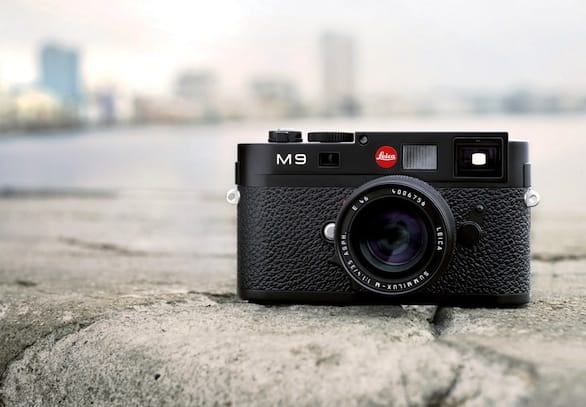Looking to save money and buy a used digital camera? Welcome to the Priceonomics price guide for digital cameras. Look up the price of any camera or camera accessory and we’ll tell you the price you should be able to buy or sell it for. Priceonomics contributor Keith Thomson has has helped us put together a buying guide for digital cameras!

Image credit: Unique Photo.
A General Buying Guide for Digital Cameras
It just keeps getting better. The more advanced we become technologically, the more personalized have become our devices, the more ease we’ve achieved in capturing images. This also means many more options in the marketplace. We’ve quickly progressed from the palm-sized “point and shoot” to having “camera functions” on our cell phones, which produce high quality image files, as well as apps to stylize them. If you’re looking to buy an actual camera, you obviously have intentions of being a bit more serious about taking pictures.
The first decision to make is whether to buy a COMPACT CAMERA or an SLR. An SLR gives you the option of changing lenses while compact cameras have a small, fixed lens that extends and retracts as you zoom in or out. Most of these cameras also now have low quality video as well.
A novice with an interest in photography who isn’t yet ready to carry a bulky “machine” may want to consider a more sophisticated, yet still pocket (or pocket-book) sized camera. Nowadays, compact cameras offer similar functions found on SLRs that you use to refine your image. These cameras can produce great quality images. If this sounds like what you’re looking for then you can find a range of them from all photography equipment makers. If you buy them new, you can find them from about $200-$400, or if you shop second hand, you can often find models just a few years older for half, or less, their original price.
If you’re interest is “photography,” then you’ll want more of a “machine.” You’ll need at least one lens. You’ll usually need two hands to take a picture, you’ll carry it strapped around your neck or in some kind of a bag and, if you get more involved with photography, you’ll eventually consider it “equipment” or “gear.” If this sounds like what you’re looking for, then let’s go over of some basic digital photography terminology that will help you base your decision.
Basic Digital Photography Terminology
DSLR: Digital Single Reflex Lens. For practical purposes, we’ll just say that this is more advanced because you have the option of changing lenses.
SENSOR: The sensor is the physical object that collects the light. This is what has replaced film and how photography became digital.
MEGA-PIXELS: Simply put, the more megapixels, the more surface area to more finely record information.
FULL FRAME SENSOR: The camera is fitted with a sensor is the same as a 35mm film frame.
CROP SENSOR: The camera is fitted with a sensor smaller than that of a 35mm film frame. This is often considered less desirable because the lens will still allow the same FIELD OF VIEW, but the outer edges will be lost when the picture is taken. You lose the wide parts of your image.
RAW: An unprocessed image data file. Sometimes referred to as “analog.” The information is not processed through the IMAGING CHIP the way JPEG or TIFF files are, but you need software to open the file.
LCD SCREEN: This is the screen on back of the camera that you will view your images or video on: The bigger the better.
FLASH: Some cameras come with a flash that “pops up” when you want to use it. Most higher end cameras though, don’t offer POP UPS, only an EXTERNAL FLASH that you attach to a piece, called a HOT SHOE, on top of the camera body.
HD: High Definition. Most cameras nowadays include video and most of newer ones also offer HD, which is a better quality.
LENSES: This is a whole other article, but you have to have at least one. A professional quality lens often costs more than the body of the camera itself. CAMERA KITS mean that the body comes with a lens, usually of mediocre quality. If you’re a beginner, I recommend a ZOOM LENS so that you have options of FOCAL RANGE.
It’s important to understand that when purchasing an SLR, you are investing in the entire system that supports that camera: lenses, flashes, transmitters, filters, batteries, software etc. So if you think you may have more than a passing fancy with photography, keep that in mind. All major brand names sell equipment specific to their brand, though there is sometimes a bit of cross over and THIRD PARTY equipment makers (which do not make camera bodies) are less expensive, and often considered lesser quality. You can buy a new, lower grade SLR from about $500, to a professional grade at about $7,000. Luckily, if you’re willing to put in the research and effort, there is a huge second hand market for high quality cameras. The older SLRs that are still high quality are going for a fraction of what they once cost, and also of what new cameras costs, BUT they most often still accept the same “system” (lenses, flashes, etc.) that the newer ones use. Another way it keeps getting better.



